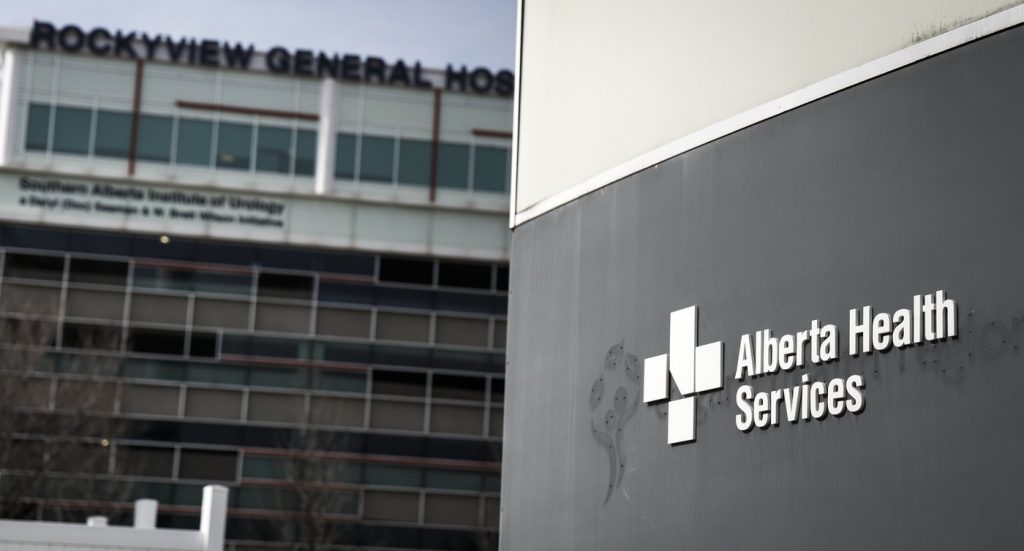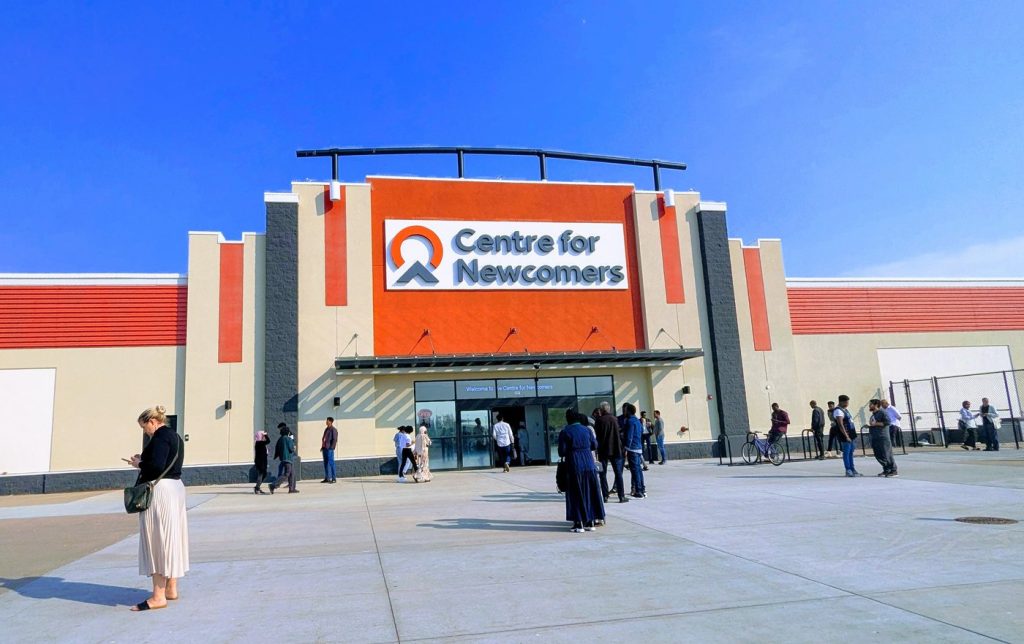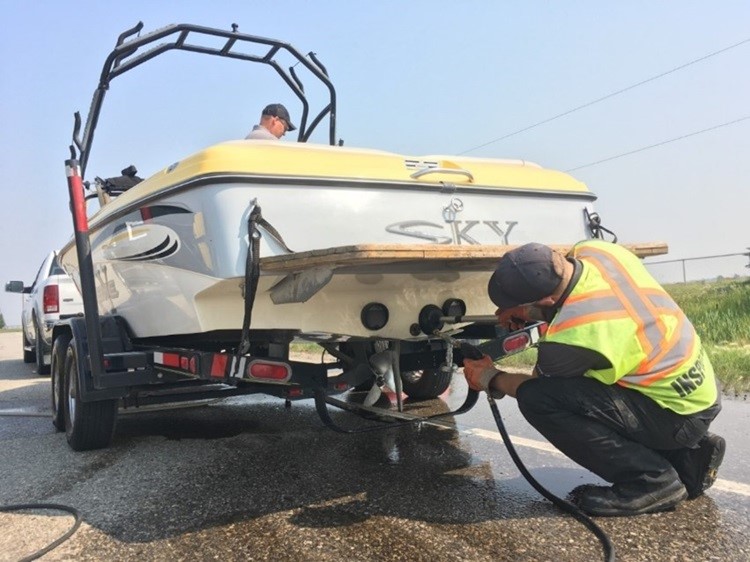Ensure the tray table is up and your mask on: air travel in the era of COVID-19
Posted June 21, 2020 5:00 am.
This article is more than 5 years old.
OTTAWA — Watching the farms and highways of Ontario out of the oval windows of an Airbus A320, it’s easy to forget for a moment how COVID-19 has so thoroughly changed familiar routines.
From cruising altitude, the fields look as they always do, a bucolic quilt of greens and browns, shadows moving over them as the clouds cross underneath the sun.
But then, your field of vision goes blurry. Your glasses have fogged up, again, because of the mask you’ve had to wear from the moment you stepped into the airport.
Welcome to the dystopian experience that is air travel in the pandemic era.
At the Ottawa airport, circles dot the floors at check-in, at security and in the hallways to show where it is safe to stand.
With passenger air traffic nearly non-existent, boarding announcements are few and far between.
Instead, a cheerful but stern disembodied voice repeatedly reminds people to wash their hands, cough into their sleeves, and wear a mask.
In the departure lounge, seats are cordoned off so people don’t sit too close. As those who’ve chosen to take a midday flight to Toronto take every other spot, they’re kitted out in everything from homemade masks to full face shields.
The anticipatory energy normally buzzing at a gate ahead of a flight has morphed into an eerie sense that what’s at the end of the ramp isn’t a modern jet but a spaceship beaming people to an unknown world.
Dutiful queues form for a mandatory temperature check, and once past that, the normal scanning of boarding cards and checking of IDs. The gate agent asks for masks to briefly be pulled down so faces can be matched to photos. She tells one passenger there is a camera watching to make sure it’s done.
The musty smell of the airplane cabin is cut with the scent of cleaning solution, and the flight attendant smiles with her eyes, her bilingual “Hello! Bonjour!” greeting muffled by her mask.
Each passenger is handed a kit — not a fancy eye mask or cozy slippers, but a clear plastic bag with a face mask, rubber gloves, tiny bottle of hand sanitizer and cleansing wipes.
There’s a small bottle of water too. Physical distancing restrictions mean no in-flight service.
After takeoff, the seat-belt sign dings off and the in-flight reminders crackle over the speakers, with new additions to the familiar lyrics: use the air sickness bag to dispose of a soiled mask, and also, remember to wash your hands.
That slightly disorienting sense of arriving in a different place, even if it is a familiar airport, is kicked up a notch when everyone is in a mask.
There are no throngs of smiling family and friends waiting just outside the luggage carousels at Toronto’s Pearson international airport. No one but passengers and staff are allowed inside. That romantic moment in the movies where people are wrapped in the love of family and friends they haven’t seen in months? It is replaced by dire signs reminding of COVID-19 symptoms, and yet another plea to wash your hands.
Stepping outside and into the sunshine, the deep inhale of fresh air after a flight feels even fresher without a mask blocking the way. It’s quiet and not just because there are few people, no screeching luggage carts, or idling cabs or shouting security officers.
There are also no roars from departing or landing jets.
It’s not just the routines of travel changed by COVID-19. It’s also the rituals.
Arriving at the departure zone to begin the trip home, there’s always a little game to play. On the six or eight screens listing dozens of international flights leaving soon: which exotic locale would you jet off to at a moment’s notice, if you had the chance?
On this weekday, the number of flights is under a dozen, nearly all to Canadian cities. Timmins, Ont. Hmmm. They say it’s nice this time of year.
The airport shop is open, its normal sundries and souvenirs bolstered by one for the ages: a T-shirt, for $12.99, that reads: “I’ve been social distancing since before it was cool.”
Headed to security, an art installation catches the eye. The images are of what happens to atoms when they are frozen to the coldest temperature possible.
They’re striking, these photos, but it is the title of the exhibit itself that perhaps best sums up travel in the time of a pandemic: “A New Way of Seeing Reality.”
This report by The Canadian Press was first published June 21, 2020.
Stephanie Levitz, The Canadian Press








